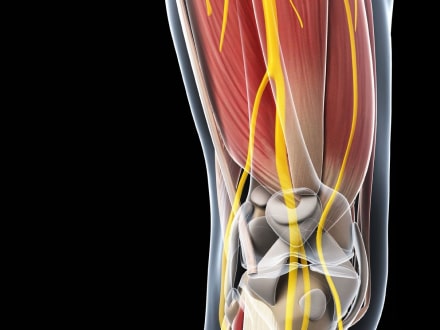RPA enhances supply chain accuracy by automating tasks such as data entry, order processing, and inventory monitoring. Through real-time tracking and proactive alerts, RPA minimizes errors and ensures timely deliveries, while also optimizing inventory levels. Examples, such as a retailer reducing data entry errors by 90% and a logistics provider improving shipment tracking accuracy by 95%, highlight RPA’s tangible impact on efficiency and accuracy in the supply chain.
Yes! RPA seamlessly integrates with existing supply chain systems, automating tasks like order processing, inventory management, and customer service. This integration reduces costs, enhances efficiency and accuracy, and provides real-time insights, improving overall visibility and agility in responding to market changes.
Implementing RPA in the supply chain brings substantial cost savings by automating repetitive tasks, such as order processing and fulfillment, procurement, inventory management, and customer service. RPA accelerates processes up to 10 times faster than humans, reducing labor and time costs. It streamlines procurement, minimizes errors, and optimizes inventory levels, lowering carrying costs. Automated customer service improves satisfaction and response times. RPA also ensures compliance, enhances logistics efficiency, and provides real-time insights for better decision-making.
Certainly! The speed, accuracy, and scalability of RPA bots make them versatile for automating various supply chain functions, from procurement to production planning. Major logistics companies like UPS, FedEx, and C.H. Robinson are leveraging RPA to optimize critical processes, showcasing its effectiveness in enhancing overall operational efficiency.
RPA enhances data-driven decision-making in the supply chain by automating data collection, cleansing, and analysis. It ensures accuracy and real-time updates by aggregating information from diverse sources, cleans datasets for improved analysis, and generates reports for insights into supply chain performance. Additionally, RPA enables predictive analytics, forecasting demand, optimizing inventory, and mitigating risks. Its real-time decision support empowers managers to make informed choices swiftly. By automating tasks like supplier performance monitoring and inventory reporting, RPA streamlines operations, allowing managers to focus on strategic decisions, ultimately improving efficiency and profitability in the supply chain.




























